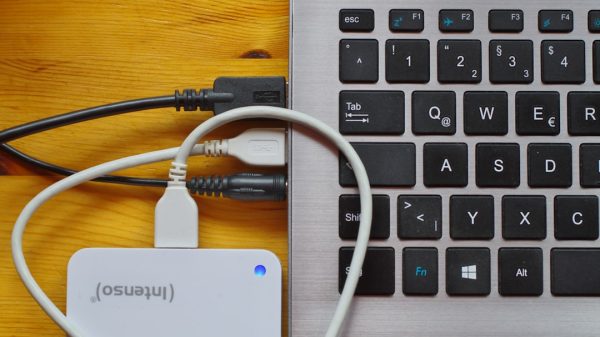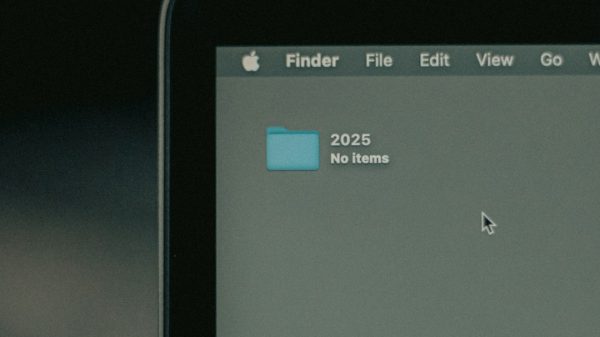When most people think of Google Chrome, they immediately think of the free web browser that’s become a staple across desktops, mobile devices, and laptops. But Chrome is more than just a browser — it’s a core part of an entire ecosystem that includes the Chrome operating system (Chrome OS) and a variety of Chromebooks and other Chrome-powered devices. With all of these products and platforms under the “Chrome” umbrella, you might be wondering: How much does Chrome really cost?
In this article, we’ll break down the different components of the Chrome ecosystem — the browser, the operating system, and the devices — to give you a comprehensive look at where your money goes, or doesn’t, when using Chrome technology.
1. The Chrome Browser: Free for Everyone
The Google Chrome browser is widely recognized as one of the most popular web browsers in the world. It offers fast performance, robust security, and seamless integration with Google services. But what’s most enticing about Chrome is that it’s completely free.
Here’s what you get at no cost:
- Cross-platform compatibility: Available on Windows, macOS, Linux, Android, and iOS.
- Automatic updates: Keep your browser secure without manual installs.
- Developer tools: Built-in capabilities that assist web developers in debugging and optimizing websites.
- Extensions and themes: Thousands of available add-ons through the Chrome Web Store.
No matter how often you use it or on how many devices, Google does not charge anything to download, install, or use the Chrome browser. The caveat? You’re paying indirectly by providing data that can be used for ad targeting — Google’s primary business model.
2. Chrome OS: A Lightweight System for Lightweight Costs
Chrome OS is Google’s cloud-centric operating system designed primarily for Chromebooks. It’s free for manufacturers to use on devices, which is one reason why Chromebooks often carry more affordable price tags compared to laptops running Windows or macOS.
Chrome OS is built around the idea of doing everything through the browser. Documents, emails, spreadsheets, and even many applications are utilized via web apps or Android apps available on the Google Play Store.
But what does Chrome OS cost to you as a user?
- Pre-installed: Chrome OS is included at no visible cost when you purchase a new Chromebook.
- No license fee: Unlike Windows, Chrome OS does not come with a separate licensing cost for home users.
- Automatic updates: The OS is kept fresh with security and feature updates, free of charge.
One key feature that adds to its value is the integration with Google services. If you already use Gmail, Google Drive, Docs, and Sheets — you’ll find an exceptionally streamlined experience on Chrome OS.
Enterprise Use of Chrome OS
Businesses, however, may pay for the Chrome Enterprise Upgrade, which costs around $50 per device per year. This upgrade enables advanced management features, security tools, and support — essential for companies managing fleets of devices.

3. Chrome Devices: Affordable Options for Every Budget
The device category is where you’ll encounter actual price tags. Chrome-powered devices include Chromebooks, Chromeboxes, and Chromebases. Here’s how they stack up:
Chromebooks
These are the most well-known Chrome-powered devices. Chromebooks come in various sizes, designs, and power levels. Some key price ranges include:
- Entry-level Chromebooks: $150 – $300 — Ideal for students and light users, these devices offer basic specs and limited storage but plenty for web browsing, video streaming, and document editing.
- Mid-range Chromebooks: $300 – $600 — Better performance, higher-quality displays, more storage, and faster processors make these great for remote work or multitasking.
- High-end Chromebooks: $600 – $1000+ — Premium features like 4K displays, Intel Core processors, touchscreens, and aluminum finishes cater to power users and professionals.
Whether you’re a student, casual browser, or business user, Chromebooks offer a wide spectrum of features at competitive prices, particularly compared to similarly specced Windows or Mac devices.
Chromeboxes and Chromebases
These are Chrome OS devices designed for desktop use. A Chromebox is a small computer that connects to a monitor, while a Chromebase is an all-in-one desktop computer with Chrome OS built in.
Typical pricing includes:
- Chromeboxes: $150 – $700 — Depending on configuration and intended use.
- Chromebases: $400 – $1000 — Often used in retail kiosks and business settings.
These devices are often favored in educational and enterprise environments for their low maintenance, quick startup, and centralized management capabilities.

4. Cost of Apps and Extensions
Most users enjoy the Chrome ecosystem without paying extra for applications. However, some Chrome apps, browser extensions, and Android apps (on Chrome OS) do carry fees.
Costs may include:
- One-time purchases — For premium extensions or productivity tools.
- Subscription models — For access to services like VPNs, password managers, or design tools.
- In-app purchases — Especially for Android games and apps used on Chromebooks.
However, the vast majority of essential apps are free, making Chrome-based computing a frugal choice for many users worldwide.
5. Hidden Costs: The Tradeoff of Free
While using Chrome software is largely free, there are indirect costs worth considering, particularly when it comes to data privacy. Google’s business model relies heavily on advertising revenue, and user data plays a role in personalizing those ads.
Although your personal data isn’t sold directly, Chrome does collect data about your web activity, location, and browsing behavior to personalize ads and services.
So while you may not be paying in dollars, you may be “paying” in your data.
Conclusion: Chrome’s Real Cost is Flexible
The Chrome ecosystem paints a picture of accessibility and affordability. Whether you’re using the Chrome browser at no cost, benefiting from the streamlined simplicity of Chrome OS, or purchasing a budget-friendly Chromebook, the monetary entry barrier is relatively low compared to other tech ecosystems.
Here’s a quick recap:
- Chrome Browser: Free for all platforms.
- Chrome OS: Free with devices; optional enterprise upgrade at $50/year per device.
- Chrome Devices: Ranging from ~$150 to $1000+, depending on power and features.
- Optional App Costs: Some paid apps and subscriptions may apply.
- Data Considerations: While monetary costs are low, privacy is an area where transparency is crucial.
In a world of rising hardware prices and software subscriptions, Chrome continues to offer a compelling value proposition — especially for students, educators, families, and businesses looking for a cost-effective, cloud-based platform. Just remember: the true cost of technology should always be evaluated not just in dollars but in data and user control.


































